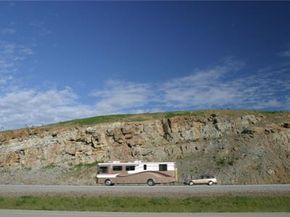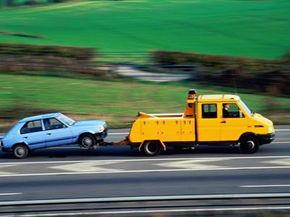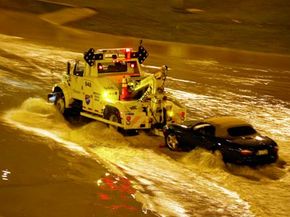Whether you're conscious of it or not, you've probably seen lots of tow vehicles pulling cars down the road. Most of us don't really pause to think about the scene too often — we may grip the wheel with both hands and drive with a bit more caution, but once we've passed, our focus is back on the road in front of us. That's because we assume that our fellow drivers know how to tow a car safely.
But there's a reason we clutch the wheel a little tighter, and it's a fairly obvious one: When one hulking mass of metal connected to another one rolls down the road together, the thought of the former separating from the latter is enough to keep us alert.
Advertisement
It's a simple matter of safety. Did the person towing make all the right connections? Is he or she driving safely? Are you able to tell if the two vehicles in front of you are braking? Of course, if you're the one towing a car, these are the questions you'll need to ask yourself. In this article, we'll explain how to tow a car, so that you can keep both your mind at ease and everyone on the road safe.


